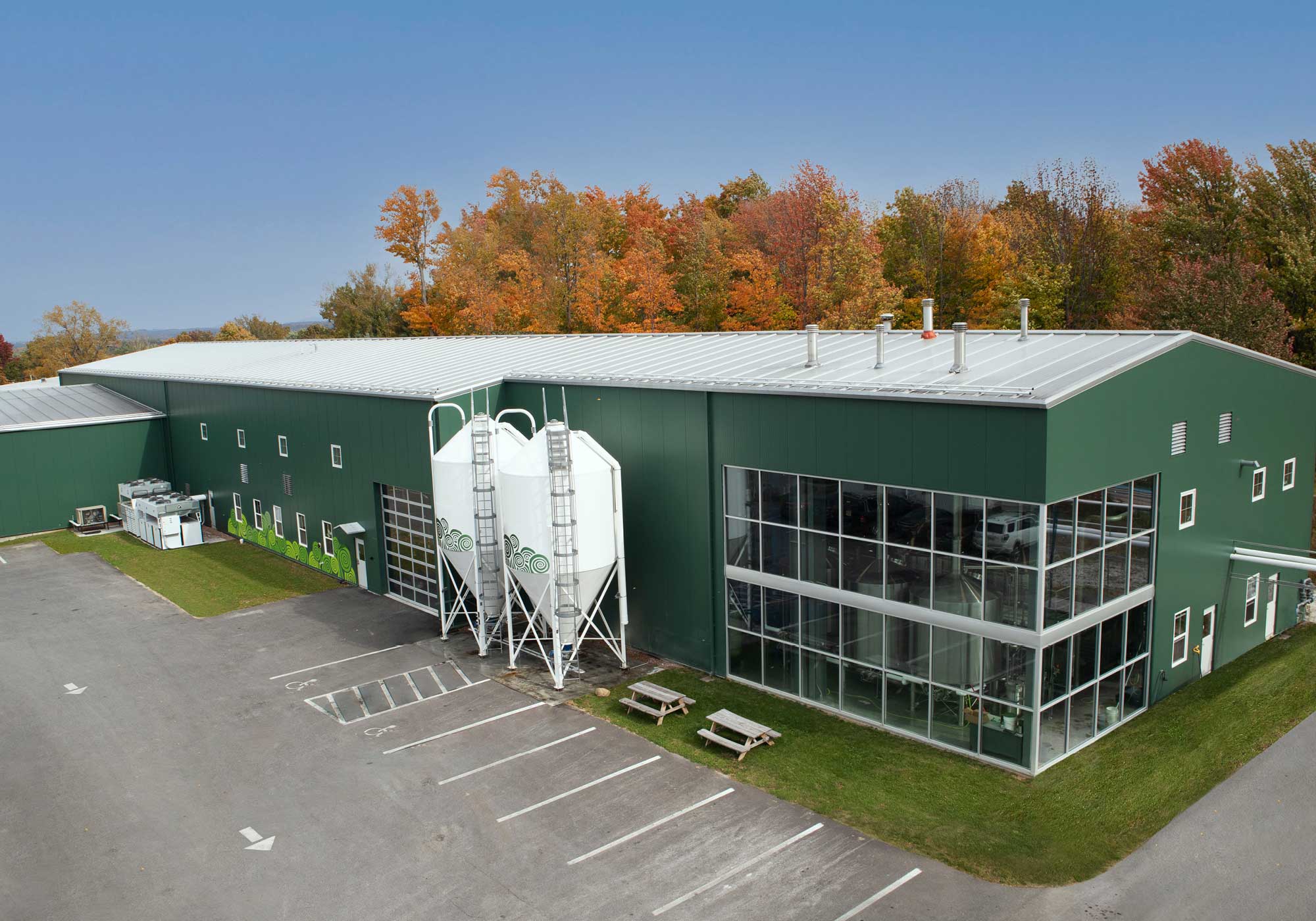
Case Study: Vermont’s Fiddlehead Is Riding Its IPA to Steady Growth
An efficient, relentless focus on a single IPA is fueling regional success for this Vermont powerhouse.
34 articles in this category

An efficient, relentless focus on a single IPA is fueling regional success for this Vermont powerhouse.

As chief economist of the group that advocates for beer’s middle tier in the United States, Lester Jones is a respected voice known for being armed with fresh data and an informed, overhead view on the market for craft beer.

Identifying a location for a new taproom or brewpub expansion isn’t as simple as finding a deal or liking the neighborhood. Consider your company’s values and run the numbers on profit potential.

Kegs are expensive and attrition is inevitable, even as the market for draft beer gets tighter. The good news: When it comes to managing that fleet, brewers today have more options than ever.
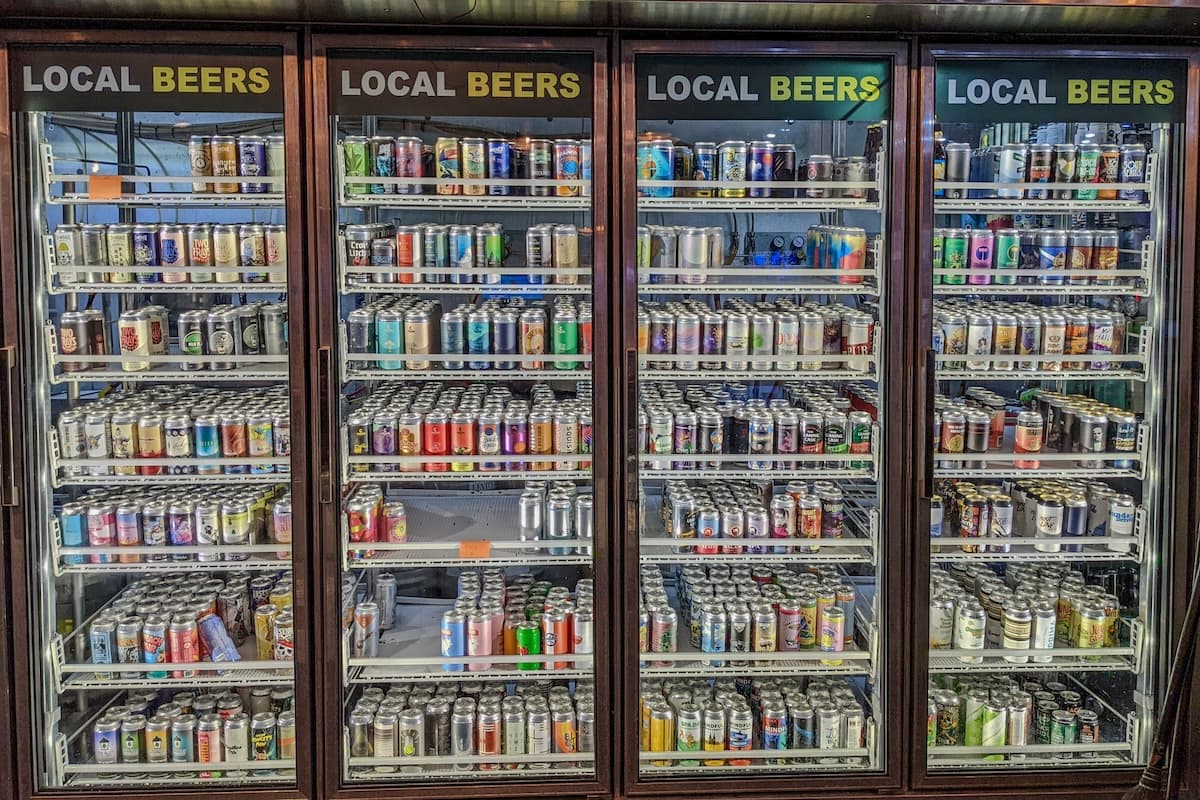
What does it mean to generate consistent sales velocity? Here, wholesalers share what they wish breweries knew about it.

Whether through consolidation or layoffs, a brewery can lose its point of contact at a wholesaler. Here’s how to keep sales on track while strengthening your partnerships in the middle tier.
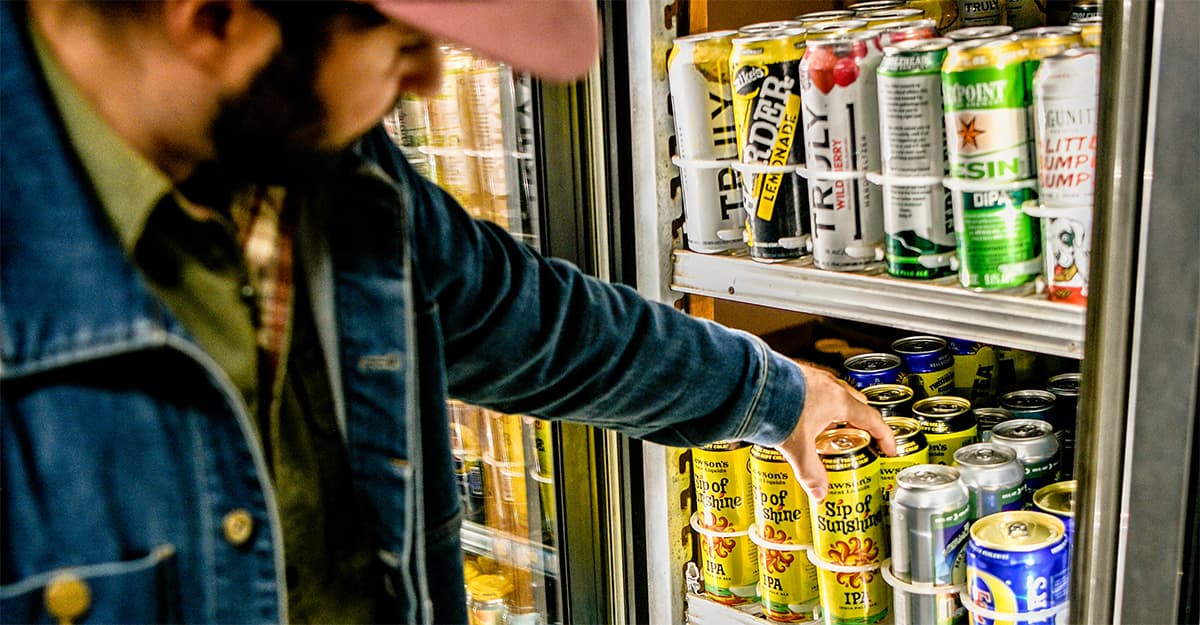
Successful breweries prioritize quality, from raw materials all the way to finished, packaged product. Yet even after your beer leaves the brewery grounds, there are ways to help ensure that people are enjoying the best possible version of it.

Bucking the current headwinds to grow via distribution, Charlotte’s NoDa Brewing has ambitions to become no less (and no more) than the brand of the Carolinas.

Amid wholesaler consolidation and a tightening market, could alternative distribution methods help small breweries achieve their goals?

Here’s how software for enterprise resource planning has helped breweries unlock previously invisible insights that can save money and grow sales.
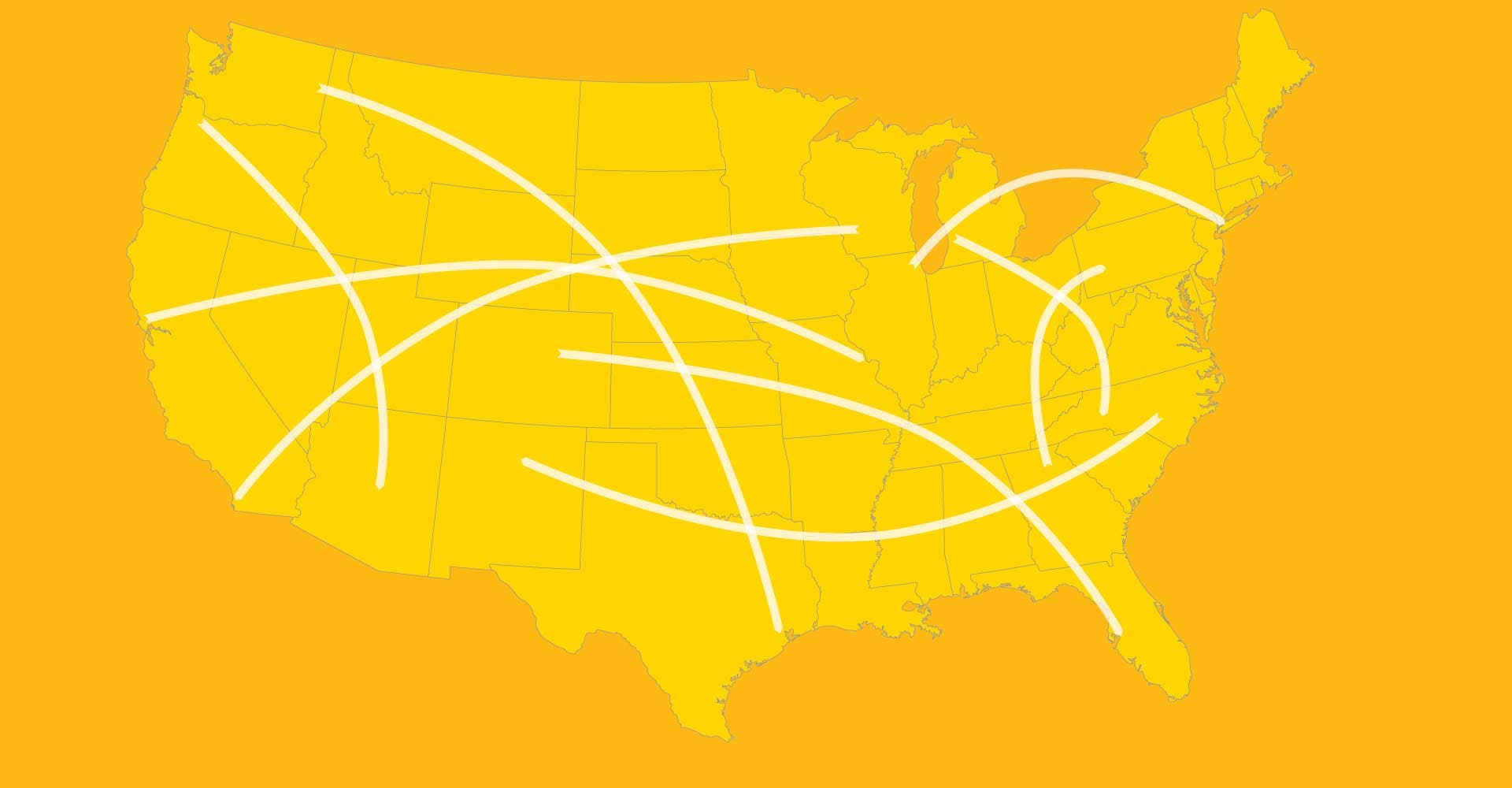
An annual survey of drinking-age adults again finds that many would spend to have beer shipped to their homes from other states—if they could.
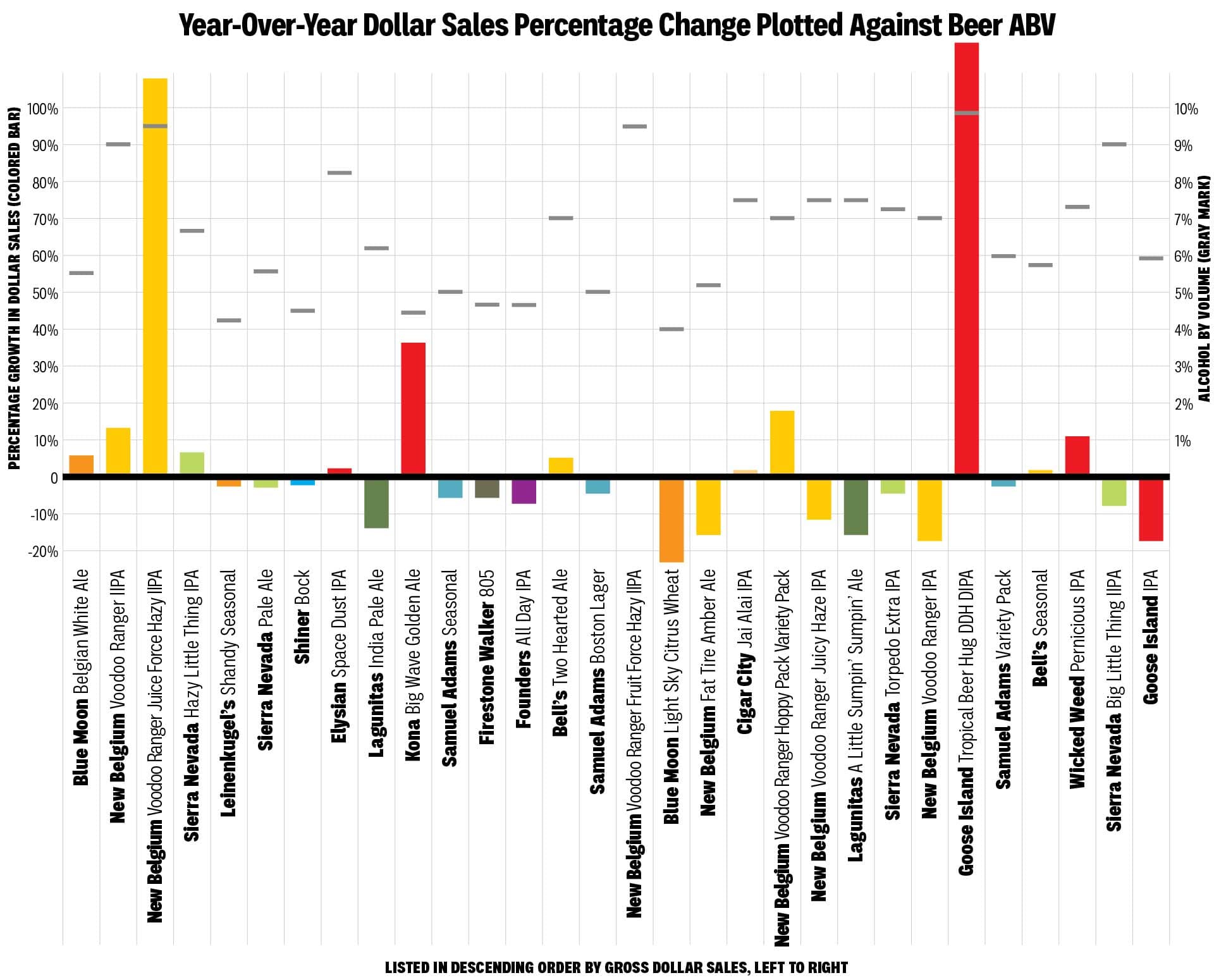
This year has seen craft beer continue its remarkable bifurcation in purchasing behavior, as on-premise diverges ever further from retail.

Walmart, the country’s largest retailer, says it will require unique UPCs for each seasonal and variety pack—and other stores may follow suit. From the potential for packaging headaches to changing sales data, here’s what breweries need to know.

With tighter competition, fewer wholesalers, and lower wholesaler interest, small breweries are looking for incremental ways to grow sales. That’s led to new models and some new opportunities—but there are no easy paths.

After three early years of explosive growth for Revision, the pandemic combined with leadership changes to slow the company’s roll. Yet Revision made it through—and the Nevada brewery has never been better prepared for the future.

The pandemic streamlined the process of selling beer to accounts—and some of those changes are here to stay. While many embrace a return to in-person meetings, others prefer texts or online. To succeed today, sales reps need a more customized approach.

From a 19th-century former church in Cincinnati, Urban Artifact is building a national reputation driven by heavily fruited, tart (and shelf-stable) beers and direct-to-consumer sales.
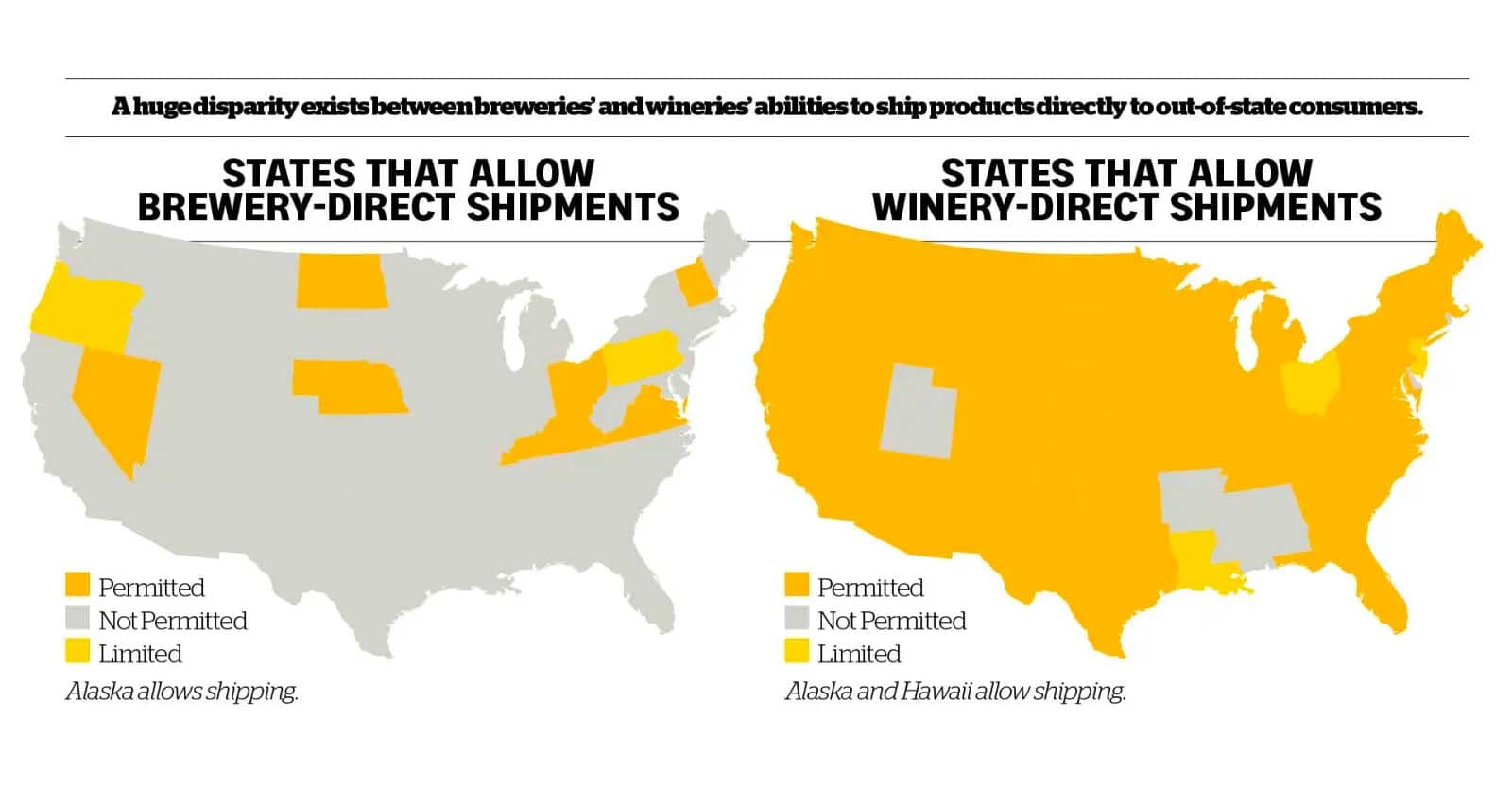
While the pandemic has led to a general loosening of restrictive Prohibition-era laws regarding beer for takeaway and delivery, there’s still plenty to do to liberalize the United States’ antiquated approach to alcohol regulation.

There is growing demand abroad for local, niche products—including beer. Even smaller breweries can tap into that sales channel. Here’s how to evaluate your brewery’s potential to export beer abroad.

Are proper craft-beer bars and bottle shops in danger? As thousands of breweries coalesce around profitable taprooms and a handful of trendy styles, craft beer may be losing a piece of its soul. Greg Engert of the Neighborhood Restaurant Group explains.